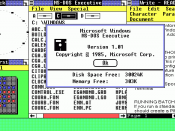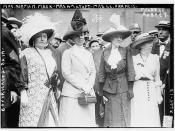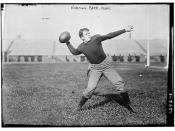The article on Cognitive Artifacts by David A. Norman deals with the theories and principles of artifacts as they relate to the user during execution and completion of tasks. These principles and theories that Norman speaks about may be applied to any graphical user interface, however I have chosen to relate the article to the interface known as Windows 95.
Within Windows 95, Microsoft has included a little tool called the wizard that guides us through the steps involved in setting up certain applications. This wizard is a very helpful tool to the non experienced computer user, in the way that it acts like a to-do list. The wizard takes a complex task and breaks it into discrete pieces by asking questions and responding to those questions based on the answers. Using Norman's theories on system view and the personal view of artifacts, we see that the system views the wizard as an enhancement.
For example, we wanted to set up the Internet explorer, you click on the icon answer the wizard's questions and the computer performs the work. Making sure everything is setup properly without the errors that could occur in configuring the task yourself. The wizard performs all the functions on its little to-do list without having the user worrying about whether he/she remembered to include all the commands. On the side of personal views the user may see the wizard as a new task to learn but in general it is simpler than having to configure the application yourself and making an error, that could cause disaster to your system. The wizard also prevents the user from having to deal with all the internal representation of the application like typing in command lines in the system editor.
Within Windows 95 most of the representation...


